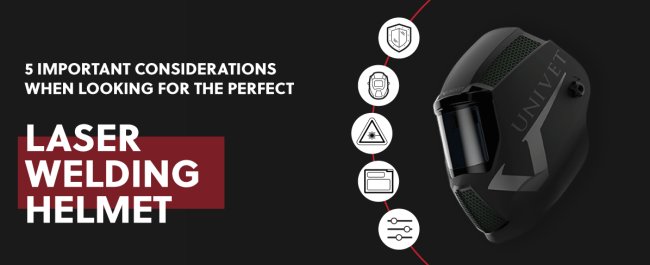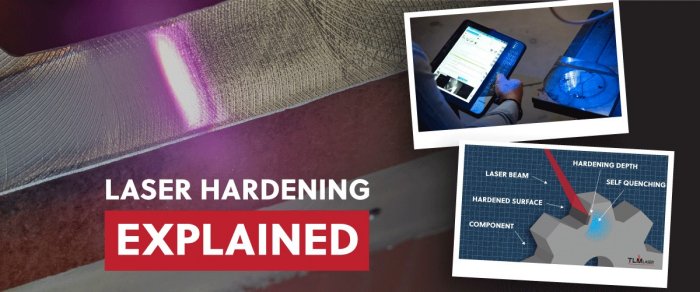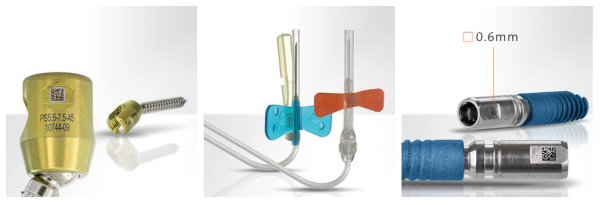Why 3D Metal Printing Keeps on Growing
The 3D metal printing market is still a small one. But more and more industries are buying into the advantages, in particular companies involved in the aerospace, automotive and healthcare sectors. In fact, by significantly saving production costs and lead times for a wide range of metal components and products, 3D metal printing has the potential to transform the metals industry.
How 3D metal printing works
In basic terms, 3D laser printing with metals works by spreading layer upon layer of metallic powder until the part is complete.
There are two main methods used in 3D metal printing. One is powder bed fusion, the other is direct energy deposition.
Powder bed fusion
In powder bed fusion, a laser melts the outline of the part into a thin powder layer. Another powder layer is spread, the laser melts the part’s outline again. The process finishes when the part is complete, ready to be lifted out of the now filled powder bed.
Direct energy deposition
Our product partners, InssTek use a patented version of the direct energy deposition method. In this method, metal powder flows through a nozzle and is melted by a laser beam as the printer deposits it on the part being built. The InssTek version is called DMT® – Direct Metal Tooling. Using 3D CAD data and InssTek’s multi-axis positioning capabilities, the technology enables manufacturers to produce large and complex shaped structures. DMT® technology can be applied to:
High Functional Materials & Components
Re-modelling of metal products
Repairing damaged products
Special coatings
The value chain
One of the key factors in the growth of 3D metal printing is a shorter value chain. 3D printing requires just three steps: producing the metal itself through conventional smelting and casting processes; converting the metal into powder; melting the powder in the printer to create the desired shape.
In the making of a conventional steel product, once the metal is produced, at least another seven processes are required including hot and cold rolling, cutting and stamping. These processes can involve lead times of 9 weeks up to 9 months. In 3D printing, once the powder is produced it is simply one continuous process.
More major cost and time savings
Scrap rates for 3D printing are at between 1 and 3% and are expected to eventually approach zero. Compare this to the 90% of metal cut away in the manufacture of aircraft parts. Waste saving is not the only attraction for the aviation industry – 3D printed products can be up to 60% lighter than their machined counterparts, potentially saving billions in fuel costs.
Design freedom is another benefit. Time and cost consuming assembly steps can be avoided with 3D metal printing and previously impossible structures can be created.
3D laser printing brings cost-effectiveness to small scale manufacturing. Most metal manufacturing facilities are set up for large scale production. A 3D printing site can be set up quickly without the need of expensive milling and refining capabilities.
Fastest systems on the market
The InssTek range of Metal 3D Printers offer users even further advantages. Among these are 3D conformal cooling channels, dramatically enhancing productivity by reducing cycle time and increasing quality.
Another is economy. InssTek printers use commercially available metal powders whereas many other companies use their own high priced powders. As a result, InssTek customers can make materials cost savings of between 3 to 5 times and enjoy greater design freedom.
InssTek’s DMT® technology also allows multi-material 3D printing. InssTek systems can have two or three powder feeders containing different metals, allowing users to switch from one to another during the building-up process. Printing with multi-materials can maximise parts performance and life cycle.
Process control is a critical factor; with InssTek’s closed-loop feedback control, the printed part is closely monitored and controlled to ensure complete consistency in the finished part’s density.
Our website has more information on 3D laser printing and details of the InssTek range of Metal 3D Printers, or contact sales@tlm-laser.com.

Talk to Us!
Connect with our Technical & Support Team.


